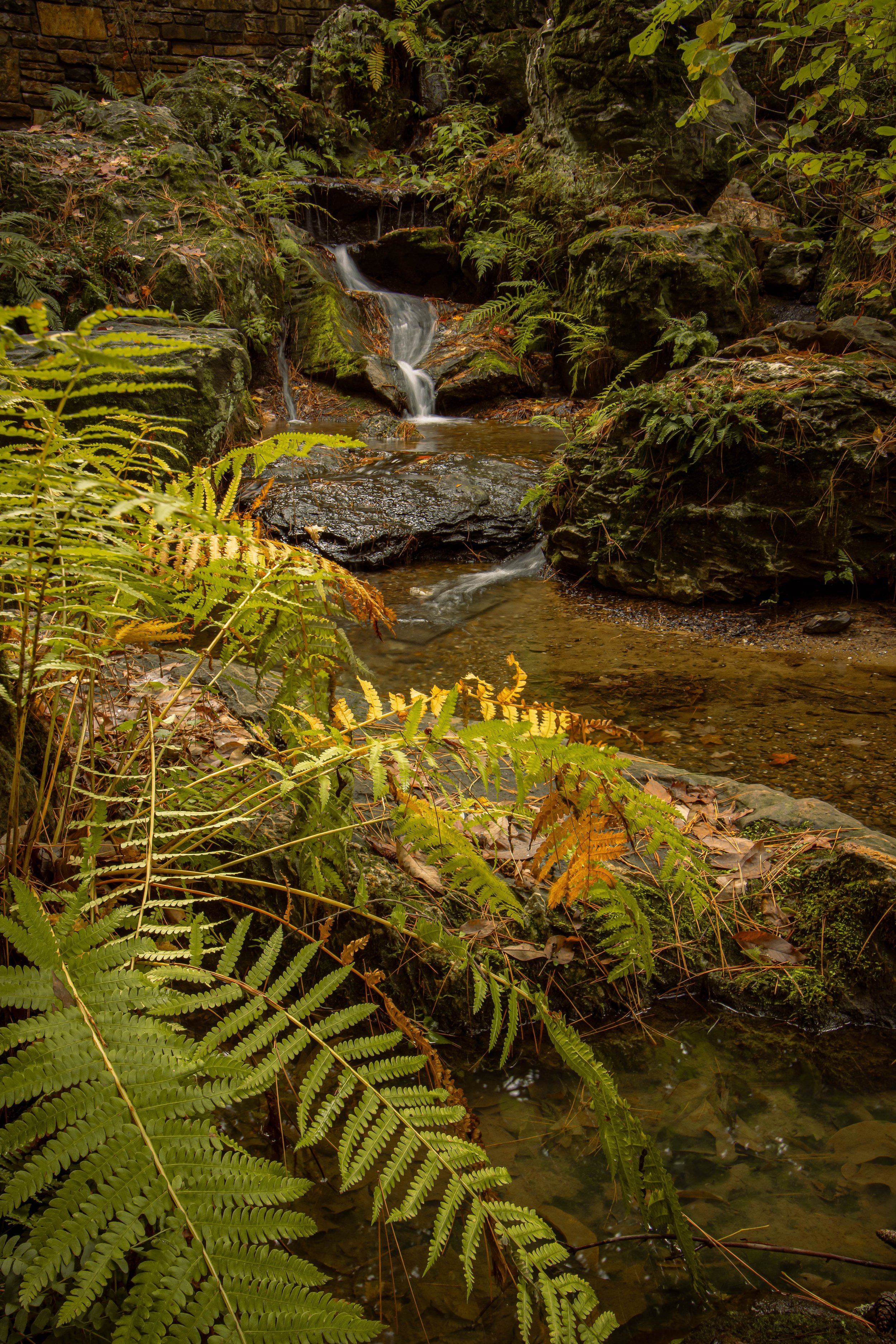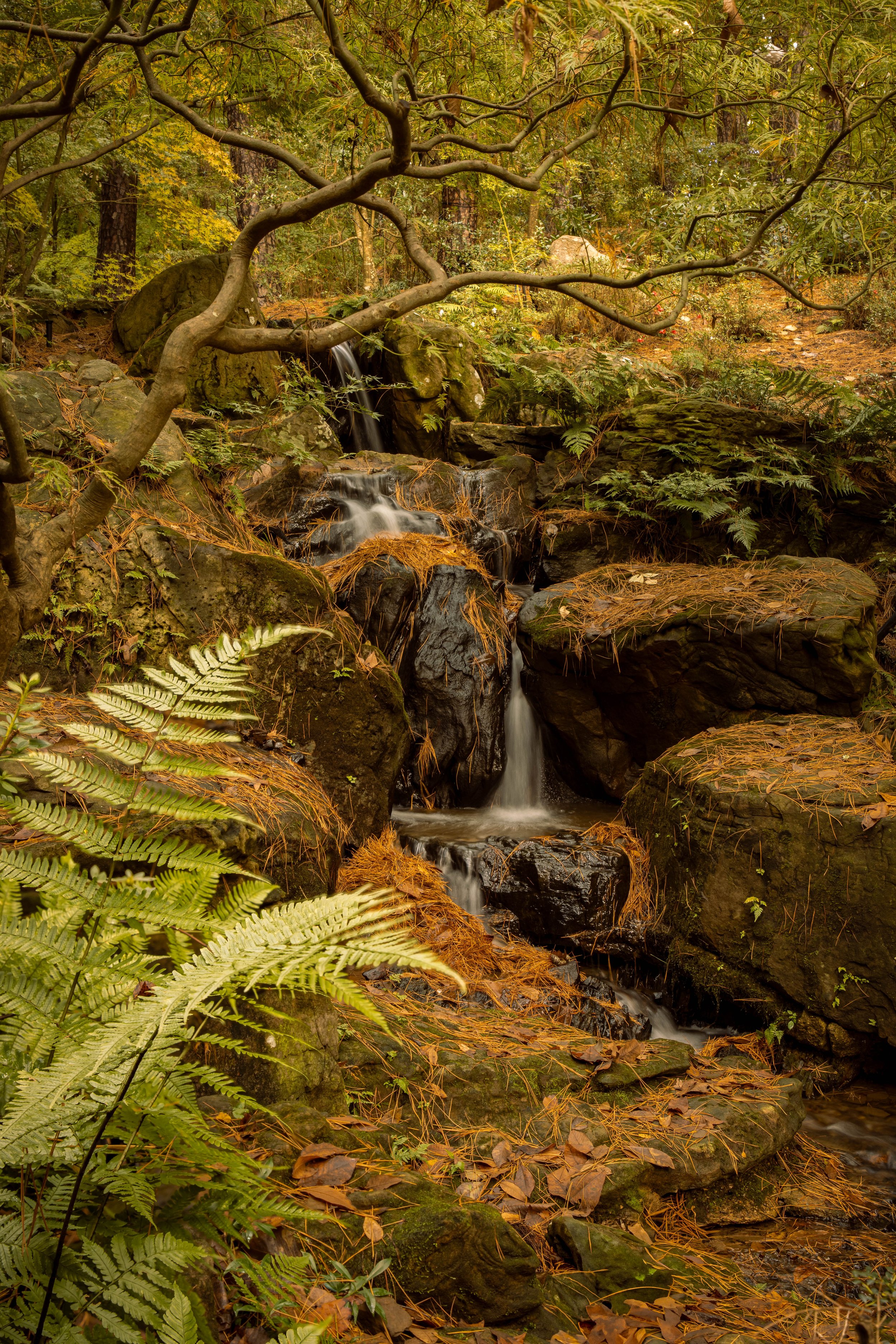Arkansas Road Trip
After two full days immersed in the biodiverse wonder of Caddo Lake State Park, I packed up and embarked on a road trip to Arkansas, the Natural State. My destination: Hot Springs National Park, nestled in the charming town of Hot Springs, Arkansas, known for its unique combination of thermal springs, historic bathhouses, and an urban park setting that stands apart from other national parks. Just under a three-hour drive from Caddo Lake, this journey is perfect for pairing these two stunning parks in one adventure.
A Town Shaped by Hot Water and History
Before my visit, I delved into the storied past of Hot Springs. The town has a colorful history as a neutral haven for notorious gangsters, including Owen “Owney” Madden, Charles “Lucky” Luciano, and Al Capone. These figures were drawn to the natural springs, enticed by their reputed therapeutic properties and the promise of respite from their otherwise tumultuous lives. The warm, mineral-rich waters were believed to alleviate ailments and provide a sanctuary for physical and mental renewal. Hot Springs also served as a playground for gambling and underworld deals, offering a fascinating glimpse into its past through the Gangster Museum of America. I did not
The Healing Springs of Hot Springs National Park
The springs at Hot Springs National Park are a testament to the healing powers of nature, with waters enriched by minerals such as calcium, magnesium, and silica, which are reputed to aid in soothing muscles, improving skin health, and promoting overall well-being. With rich minerals reputed to offer therapeutic benefits, people from all walks of life have long flocked to these waters, including the Caddo people and other native bands throughout the area. While the park wasn’t the first to achieve national park status—Yosemite holds that honor—it was set aside in 1832 to protect its primary resource, the thermal springs. When Bathhouse Row was established, the area officially became a national park.
Upon arriving, I strolled down Bathhouse Row, a historic stretch amid downtown Hot Springs. Only one spring is accessible for touching; the rest are directed to the bathhouses, each offering its own unique experience. Although I wasn’t interested in soaking indoors, I appreciated learning about their rich histories. However, I did want to walk through the museum, but they were just about to close upon my arrival for a documentary film production—I wonder if I’ll come across the segment someday. There are a couple of thermal fountains outside the park’s headquarters and one at the end of Bathhouse Row. There is even a spout where anyone is welcome to refill their canteens and jugs for drinking, completely free.
Ouachita National Forest Headquarters is located in downtown Hot Springs, AR.
After spotting a sign for the Ouachita National Forest headquarters, I briefly stopped in to receive some recommendations for different waterfalls to visit on another day. The Ouachita Mountains overlap with Hot Springs and stretch into Oklahoma, making it the largest National Forest in the South. They are unique to other mountains where the range stretches from East-West as opposed to major mountain ranges that stretch North-South. They are not part of the Appalachian Mountains, nor are they of great heights, but their rich history and minerals intrigued me to explore more.
Next, I opted for an outdoor adventure on the Grand Promenade, a National Recreation Trail behind Bathhouse Row. This half-mile path leads to additional trails through the Zig-Zag Mountains, part of the Ouachita range, eventually leading down to the public thermal spring where visitors can touch the mineral-rich pool. Along the main trail, there are placards everywhere with rich historical information about the development of the thermal springs.
The day was overcast, with a gentle rain deepening the vibrant hues of the brick paths along the promenade while the golden and crimson tones of the fall foliage glistened under the misty light, creating a serene and almost ethereal atmosphere.
I captured photographs, including my customary shot with the national park sign, and then made my way to the Hot Springs Mountain Tower.
Hot Springs National Park, November 2024.
Hot Springs Mountain Tower: A View from the Top
Mountain Tower Summit, November 2024.
The Hot Springs Mountain Tower, originally the wooden Rix Tower, now stands as a steel structure with a museum on its middle level. The upper observation deck, 1,256 feet above sea level, offers panoramic views of the Ouachita Mountains.
The ranger at the counter shared fascinating details about the area’s indigenous history. For thousands of years, tribes like the Caddo, Choctaw, and Quapaw gathered in the “Valley of the Vapors” to enjoy the healing springs in peace. Hearing this, I felt an even deeper connection between this place and Caddo Lake. It’s interesting to think that despite the period or culture, we are all instinctually drawn to Earth’s healing powers. After years of fighting over this land, many today fight to protect it.
Panoramic view from atop Mountain Tower, Hot Springs, Arkansas. November 2024.
The low-hanging clouds and moody skies didn’t detract from the view—if anything, they added to its mystique—every bit worth capturing. After descending, I drove along the scenic road, stopping to capture the essence of Arkansas’s fall season, the haze settling over winding roads.
Garvan Woodland Gardens: A Hidden Gem
Anthony Family Carillon, November 2024.
A short 15-minute drive from Hot Springs National Park brought me to Garvan Woodland Gardens. Images and blogs of Anthony Chapel and the botanical gardens on social media had intrigued me for a few years, and I was thrilled to finally explore the area.
Anthony Chapel, a striking blend of glass and wood, harmonizes with its surroundings, appearing as though it organically rises among the towering trees. Designed by Maurice Jennings and David McKee, the chapel reflects the organic architecture principles inspired by Frank Lloyd Wright. Its modern yet natural architectural style enhances the sense of tranquility and connection to nature that defines the space. Towering at 57 feet, the chapel's steel and glass structure features floor-to-ceiling windows that flood the interior with natural light. Nearby, the Anthony Family Carillon stands as a 55-foot bell tower housing 16 cast bronze bells, adding a melodic ambiance to the gardens.
I took my time capturing the grandeur of both structures with my 24-70mm lens and switched to an ultra-wide 10-22mm lens for interior shots. The chapel’s towering beams and tree-like structure made it feel like an outdoor sanctuary.
Self-guided tour map, Garvan Woodland Gardens.
The gardens, managed by the University of Arkansas, span 210 acres along Lake Hamilton with over five miles of trails. Staff recommended starting in the Pine Woods to see Japanese Maple trees before heading to the Koi Pond and its waterfall. I used my NiSi CPL and medium-gradient neutral density filters to photograph the vibrant fall colors and flowing water. While staff were decorating for the winter holidays, the gardens retained their charm.
The Evans Children’s Adventure Garden was a whimsical highlight. Its fairy garden, treehouse, and a small cave with a waterfall felt magical. It’s not just a whimsical place for children to play, but for adults to rediscover their inner child.
Using my 10-stop filter from NiSi Optics, I captured the movement of the waterfall from inside the cave. At this moment, I knew I needed another ND filter with fewer stops, given how dark it was inside the cave, but I’m still intrigued by the final images. My surroundings were so dark, and I wanted to enhance the textures closer to the cave entry with a slight vignette—but we made it work. The water trickled throughout the cave's crevices, resulting in a smooth, mist-like visual. Meanwhile, the contrast of the autumn foliage outside the cave allows the viewer to feel a sense of hope and longing for light.
As I made my way back to the visitor center, I came across the gardens’ undetermined mascot, George. A staff member informed me he often roams the gardens toward the main entrance to greet visitors. Thankfully, we met before I left the grounds.
Shortly after, I discovered a cluster of vibrant mushrooms, Laetiporus sulphureus, known as chicken of the woods. Their vivid orange and yellow hues stood out dramatically against the forest floor, and their rippling, shelf-like formations were a joy to photograph. With my 70-200mm lens, I focused on capturing intricate textures and color variations of the juicy fungi. Squatting low to find the perfect angle, I felt a quiet thrill as the soft light filtered through the trees, illuminating the subject. Moments like these—where the natural world offers such unique and unexpected beauty—are what I cherish most as a photographer. This was the perfect farewell to a calming adventure through Garvan Woodland Gardens.
Ending the Day at Gulpha Gorge Campground
Gulpha Gorge Campground, November 2024.
With my heart full from the day’s discoveries, I returned to Hot Springs National Park and checked into Gulpha Gorge Campground. Though designed for RVs, the campground also accommodates tent and car camping. I was famished from my full day of explorations, so I heated some of my pre-made fideo before heading back into town to hopefully tour the Arlington Resort Hotel & Spa, where Al Capone was known to stay while visiting Hot Springs, Arkansas. While I was allowed entry into the lobby, I couldn’t ascend to the 4th floor as I was not a guest. The legendary mobster designated the same room during his stays and graciously booked the entire floor for his guests.
Heading back to the campground, I refilled my canteen at the public thermal fountain in anticipation of another full day of exploration of the Natural State. Once I arrived at my pull-in campsite, I set up a cozy sleeping area in my SUV and ended the day with a campfire and a few chapters of Braiding Sweetgrass.
The following morning promised clear skies, and I eagerly anticipated exploring Ozark-St. Francis National Forest, just a couple of hours away. With waterfalls, trails, and the Arkansas Scenic 7 Byway on my itinerary, my adventure in the Natural State was far from over.
If you’d like to own one of these photographs, click or tap on the eligible images to go to my print shop.
Every purchase allows me to continue to do what I love as an exploring artist. Thank you!





















































